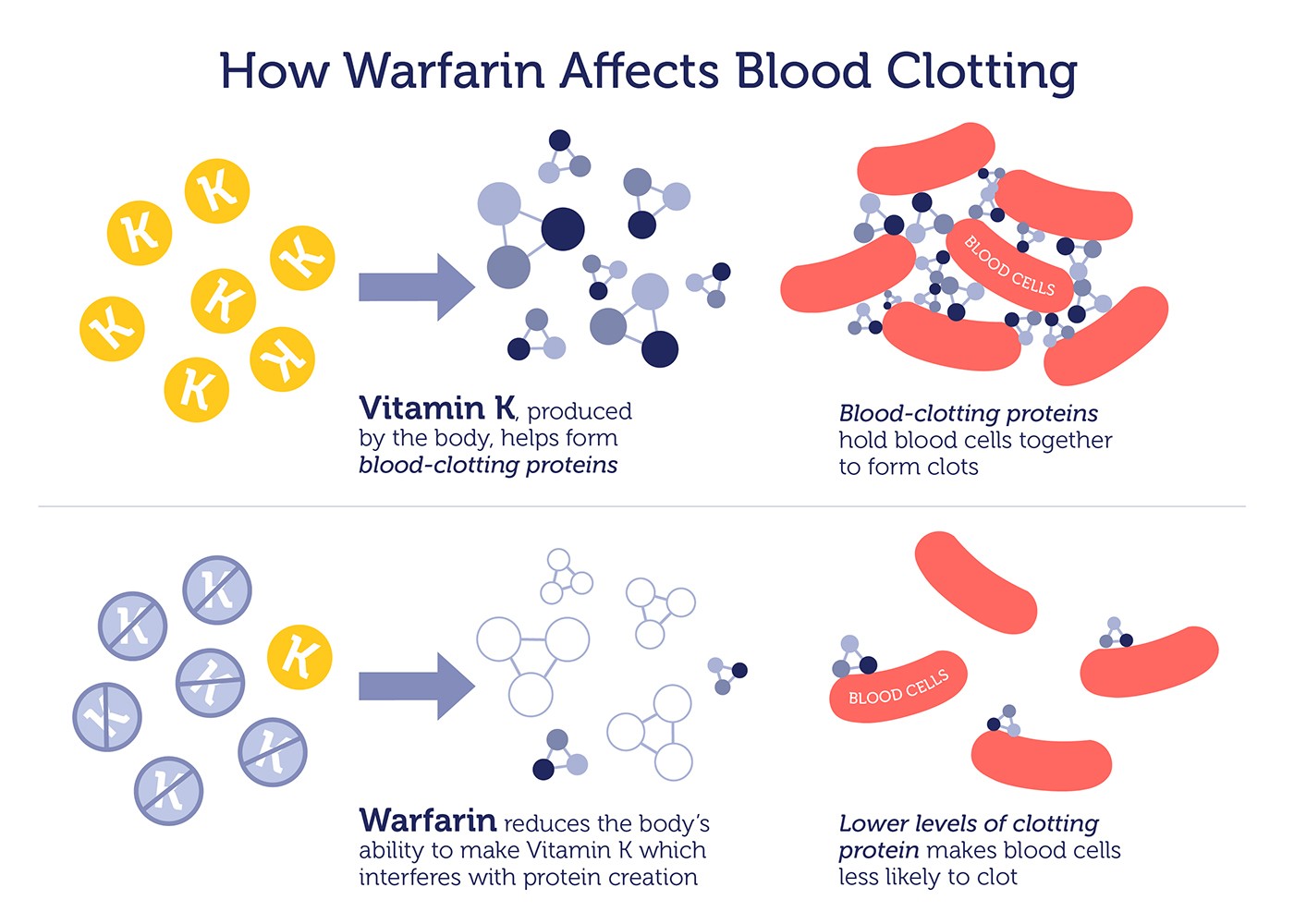


Thrombosis is the formation of blood clots or thrombi inside the blood vessel or on surgical implants. A blood clot consists of a mesh of fibrin threads, aggregated platelets, leukocytes, and erythrocytes. Tissue factor that is normally sequestered from circulating blood, now triggers a cascade of biochemical reactions among coagulation proteins resulting in the formation of thrombin, the enzyme that converts fibrinogen into fibrin ( Figure 1). Upon vessel damage, platelets rapidly deposit at the site of vascular injury.

A complex mechanism involving the vessel wall, platelets, and proteins in plasma (clotting factors) safeguards a normal blood flow by the formation of a blood clot at sites of vessel damage. In this chapter, various laboratory assays are evaluated for their applicability in monitoring reversal of anticoagulation.įluidity of circulating blood is maintained by a delicate balance between procoagulant and anticoagulant processes. Use of unsuitable laboratory assays has raised needless controversy as to the applicability of PCC to reverse anticoagulation by NOACs, in particular dabigatran. Dosage and clinical efficacy, two closely related issues, are discussed and based on reviewed data recommendations are given that may prohibit too low PCC dosing, especially in NOAC anticoagulation. Mode of action of anticoagulation reversal by PCC is explained. In this chapter, the composition of different PCC brands is reviewed and a negative effect of heparin supplement in some products is recognized. PCC is also applicable in situations requiring rapid reversal of anticoagulation by non-vitamin K antagonist direct thrombin and factor Xa inhibitor oral anticoagulants (NOACs), thereby making PCC a general antidote for oral anticoagulation. Prothrombin complex concentrate (PCC) is used for the rapid reversal of vitamin K antagonist (VKA) anticoagulation.


 0 kommentar(er)
0 kommentar(er)
